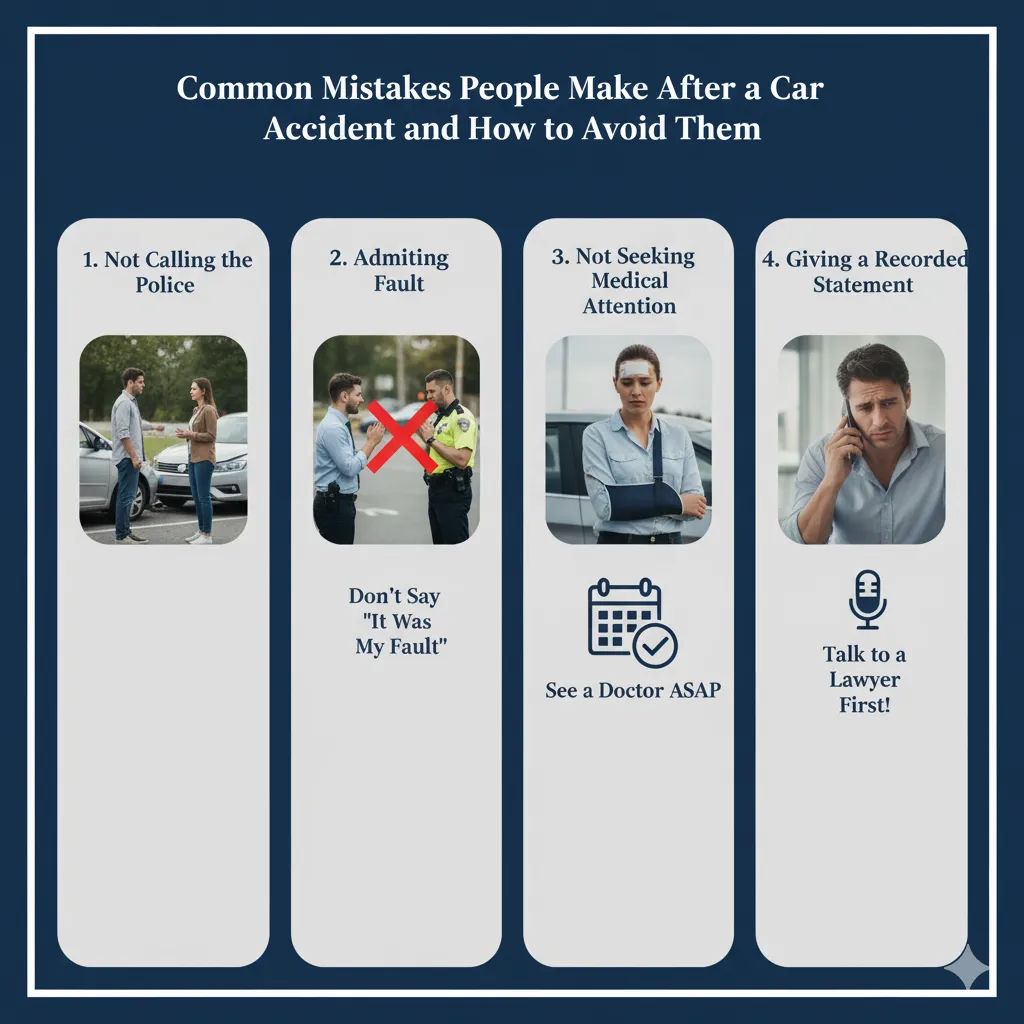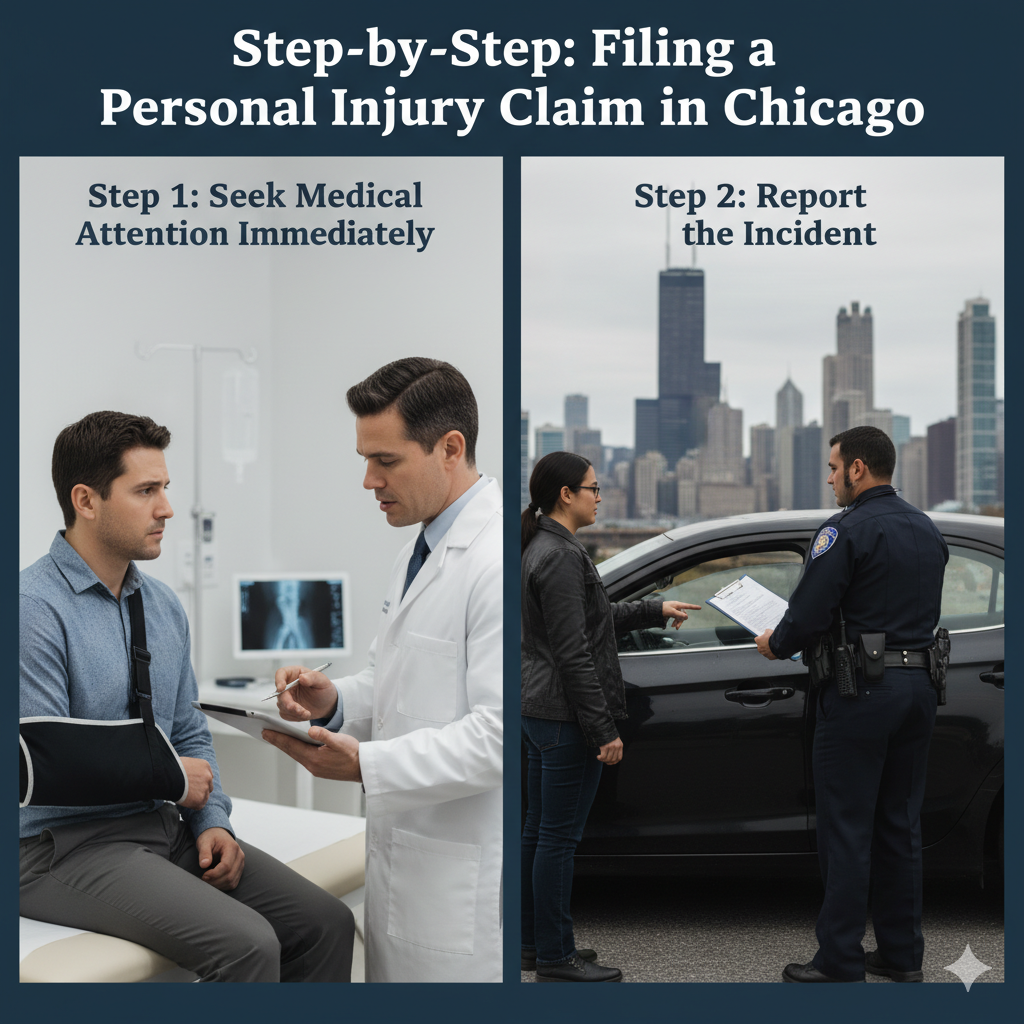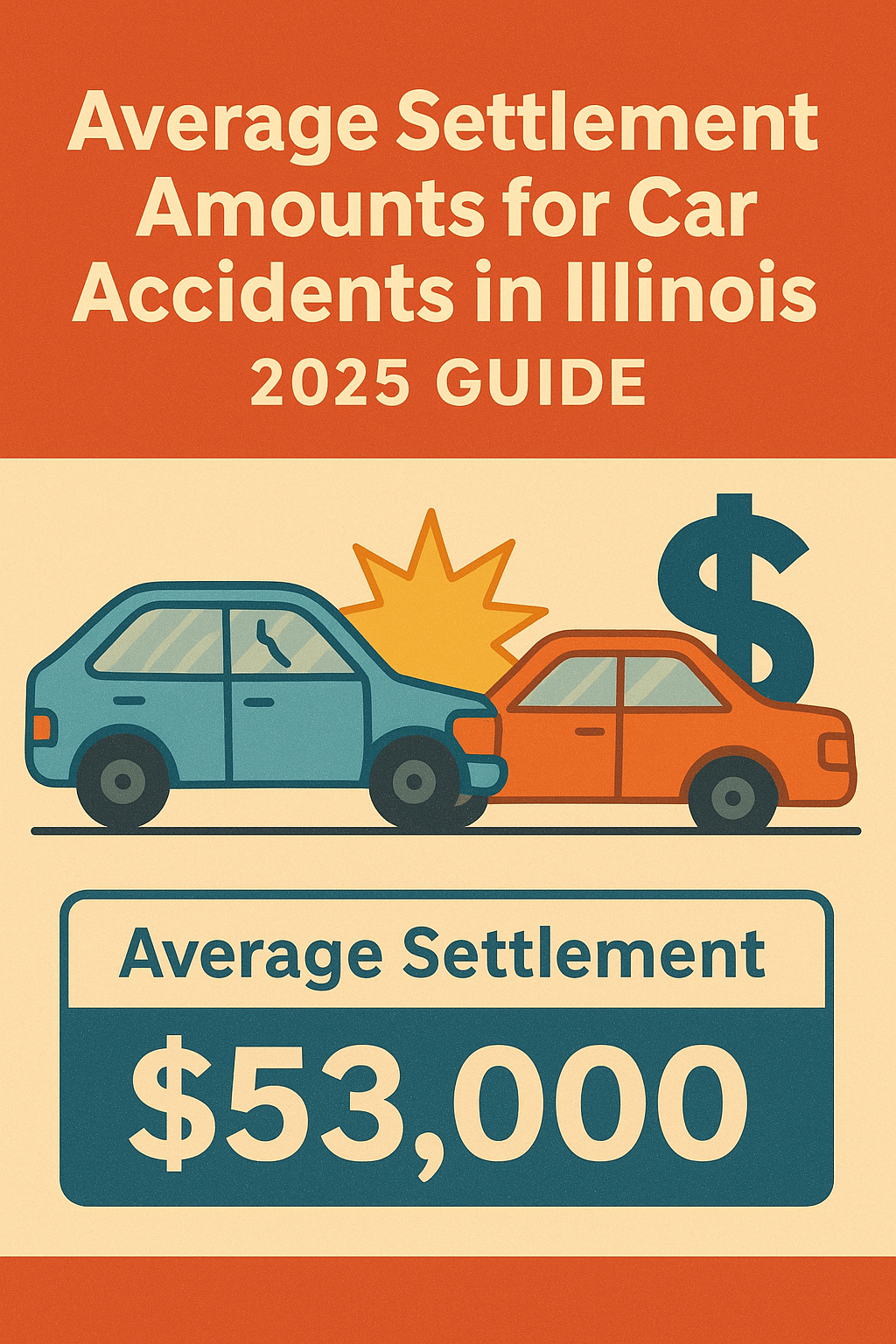Being involved in a car accident can be a jarring and stressful experience. Knowing the right steps to take in the immediate aftermath can protect your legal rights and ensure your safety. Here’s a comprehensive guide to navigating the moments after a collision.
1. Ensure Safety and Check for Injuries
Immediately after the accident, take a moment to assess your own physical condition and that of your passengers. If anyone is injured, call for emergency medical assistance right away. Unless there is an immediate danger, such as a fire, it is best to avoid moving anyone who is seriously injured, as this could worsen their condition.
If the accident is minor and there are no serious injuries, try to move the vehicles to a safe location on the side of the road to prevent further incidents and avoid obstructing traffic. Turn on your hazard lights to alert other drivers.
2. Contact the Police
It is always a good idea to involve law enforcement, even if the accident seems minor. A police report provides an official and objective record of the incident, which can be invaluable for insurance claims and legal purposes. When the police arrive, cooperate fully and provide a clear and accurate account of what happened. Avoid admitting fault or blaming others at the scene; simply state the facts as you remember them.
3. Exchange Essential Information
Gather crucial information from the other driver(s) involved. Be sure to obtain the following:
- Full name and contact information
- Insurance company and policy number
- Driver’s license and license plate number
- The make, model, and color of their vehicle
It is also wise to get the names and contact details of any witnesses to the accident. Their testimony can be very helpful if there are disputes about the events.
4. Document the Scene Thoroughly
In today’s digital age, your smartphone is a powerful tool for documentation. Take extensive photos and videos of the accident scene from various angles. Capture images of the damage to all vehicles involved, any relevant skid marks on the road, traffic signals, and the surrounding area. Photographic evidence can provide a clear and indisputable record of the circumstances of the crash.
5. Notify Your Insurance Company
Report the accident to your insurance provider as soon as possible. Provide them with a detailed and honest account of the incident and furnish all the information you have collected. Timely notification is often a requirement of your policy and will get the claims process started.
6. Seek Medical Attention
Even if you don’t feel injured immediately after the accident, it is advisable to see a doctor. Some injuries, such as whiplash or internal bruising, may not present symptoms until hours or even days later. A medical examination will not only ensure your well-being but also create a medical record that can link any injuries to the accident.
By following these steps, you can handle the aftermath of a car accident calmly and effectively, ensuring that you are protected both physically and legally.




